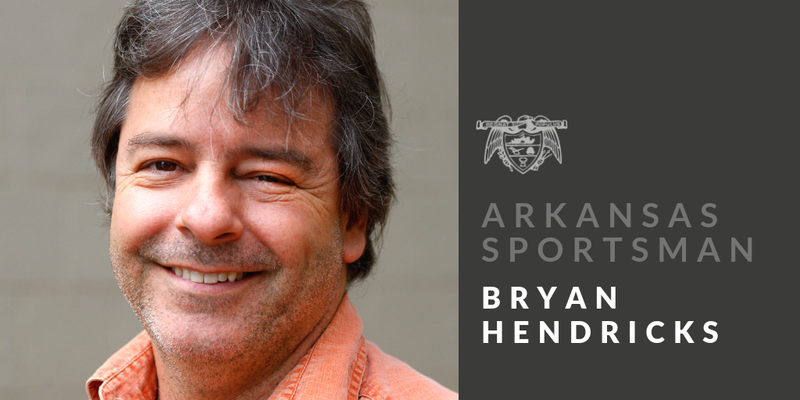It was too long coming, but the Arkansas Game and Fish Commission did a fine thing on May 18 with its first Natural State Landowner Conservation Awards banquet.
The event honored private landowners who have made extraordinary efforts to provide or improve wildlife habitat on their properties. This is important because about 90% of the land in Arkansas is privately owned.
Creating and maintaining wildlife habitat is expensive. People that care enough to do it should be recognized.
The Game and Fish Commission did it right, with a big banquet attended by most of the commission members and Game and Fish Commission Director Austin Booth.
During his acceptance speech, one of the honorees said it was ironic that he was accepting an award from "these people" after spending much of his youth running from them.
Another said he suspected the award was a Game and Fish plot to get him in front of a microphone to confess to all of his past transgressions.
It was significant and encouraging that the winners of the Terrestrial Landowner Awards were largely motivated to provide habitat for bobwhite quail. They were Thomas Baldridge, Tom Shrum and State. Rep. Jack Fortner.
Baldridge has improved 440 acres in White County near Romance. He also promotes his efforts on social media and recruits other landowners.
Shrum, who owns 800 acres in Madison County near Huntsville, has improved wildlife habitat for quail, deer and turkey. Shrum and his son Travis have used the Acres for Wildlife Program and the U.S. Fish and Wildlife Partners Program to make the most of the programs devoted to habitat management.
After years of raising cattle, Fortner enrolled 20 of his 50 acres near Yellville in the Acres for Wildlife Program in 2018. He planted native warm-season grasses for quail and turkey. He later conducted a prescribed fire with the assistance of the AGFC. He now advocates for other landowners and neighbors in the area in support of quail habitat improvements.
Winners of the Aquatic Landowner Awards were the Central Arkansas Master Naturalists, Brian Nalley and Wayne Gearhardt.
Founded in 2006, the Central Arkansas Master Naturalists have removed more than 16,000 pounds of trash from Fourche Creek and adjacent bottoms using more than 272 hours of volunteer labor. They also have plans for streambank stabilization in several of Little Rock's parks.
Nalley owns 250 acres in Saline County that includes about one mile of riverbank on the Alum Fork of the Saline River, which is home to the federally threatened Arkansas fatmucket mussel.
Nalley is the founder of the Saline River Watershed Alliance and was named a 2021 Champion of the Wild by "Arkansas Wild" magazine.
Gearhardt owns 250 acres in Randolph County that includes about 1 mile on the Eleven Point River. The river is home to the federally endangered Ozark hellbender as well as the coldwater crayfish, which is a state species of greatest conservation need. Gearhardt participated in a project on his property that was funded by a state wildlife grant, two farm bill programs and the AGFC to protect valuable riparian habitat for these and other wildlife species that depend on this location.
Walnut Bayou Hunting Club, which manages 2,300 acres in Little River County, received the AGFC Deer Team's Deer Management Assistance Program Club of the Year.
The Game and Fish Commission's Private Lands Division coordinates and facilitates these efforts. Its private lands biologists, led by Ted Zawislak, assist landowners directly and help them access funding through state and federal programs.
Calvin Wakefield, a private lands biologist in Calico Rock, received special recognition for his efforts in promoting valuable upland habitat during the last year. In the last year, Wakefield enrolled more than 28,400 acres in private land programs to benefit wildlife in his region.
Matthew Irvin, west-central stream habitat coordinator in Russellville, was honored for promoting and implementing streambank stabilization projects throughout his region. He wrote improvement plans on 3,234 linear feet of sensitive streambank habitats and conducted restoration projects on an additional 3,572 linear feet of streambank in the last year.
